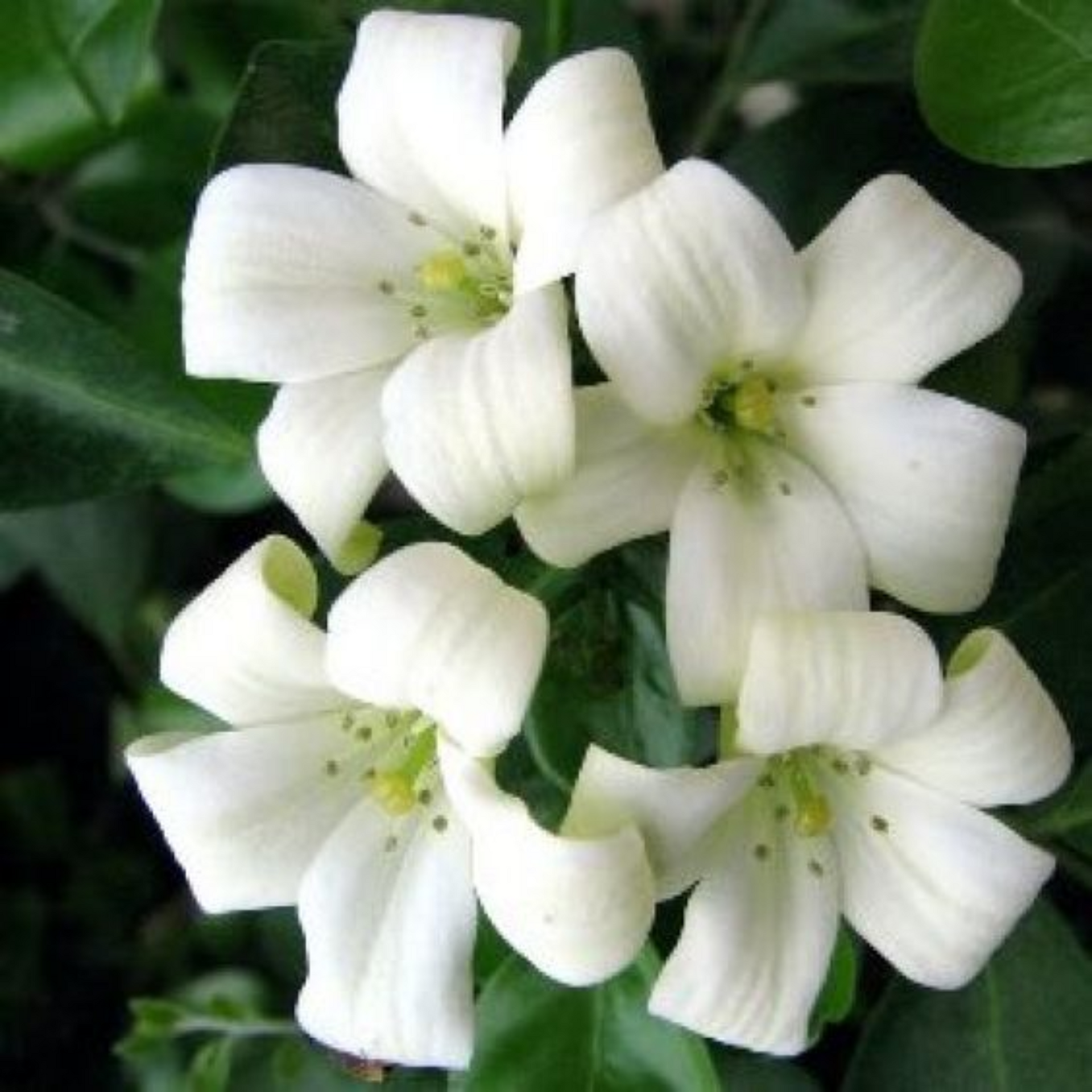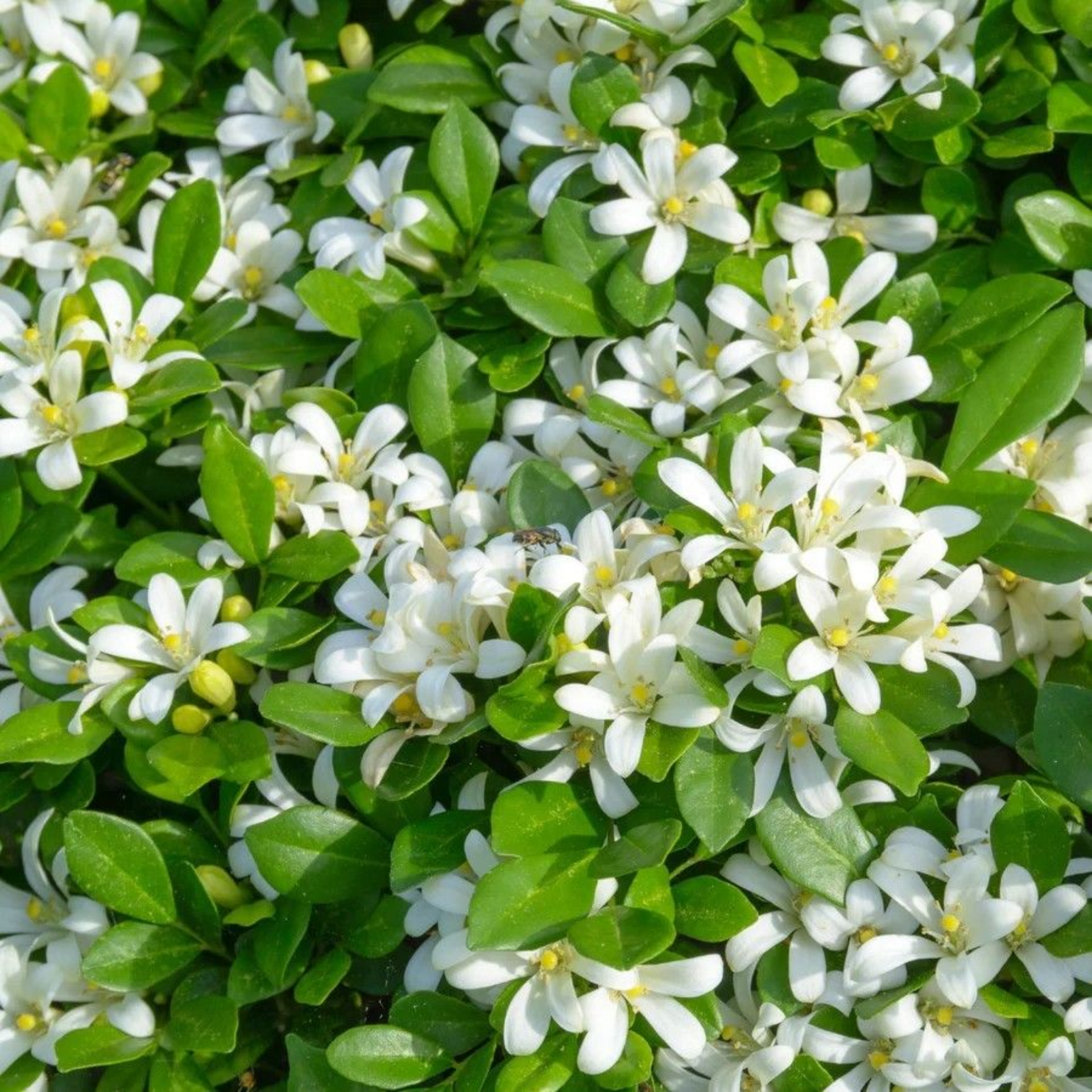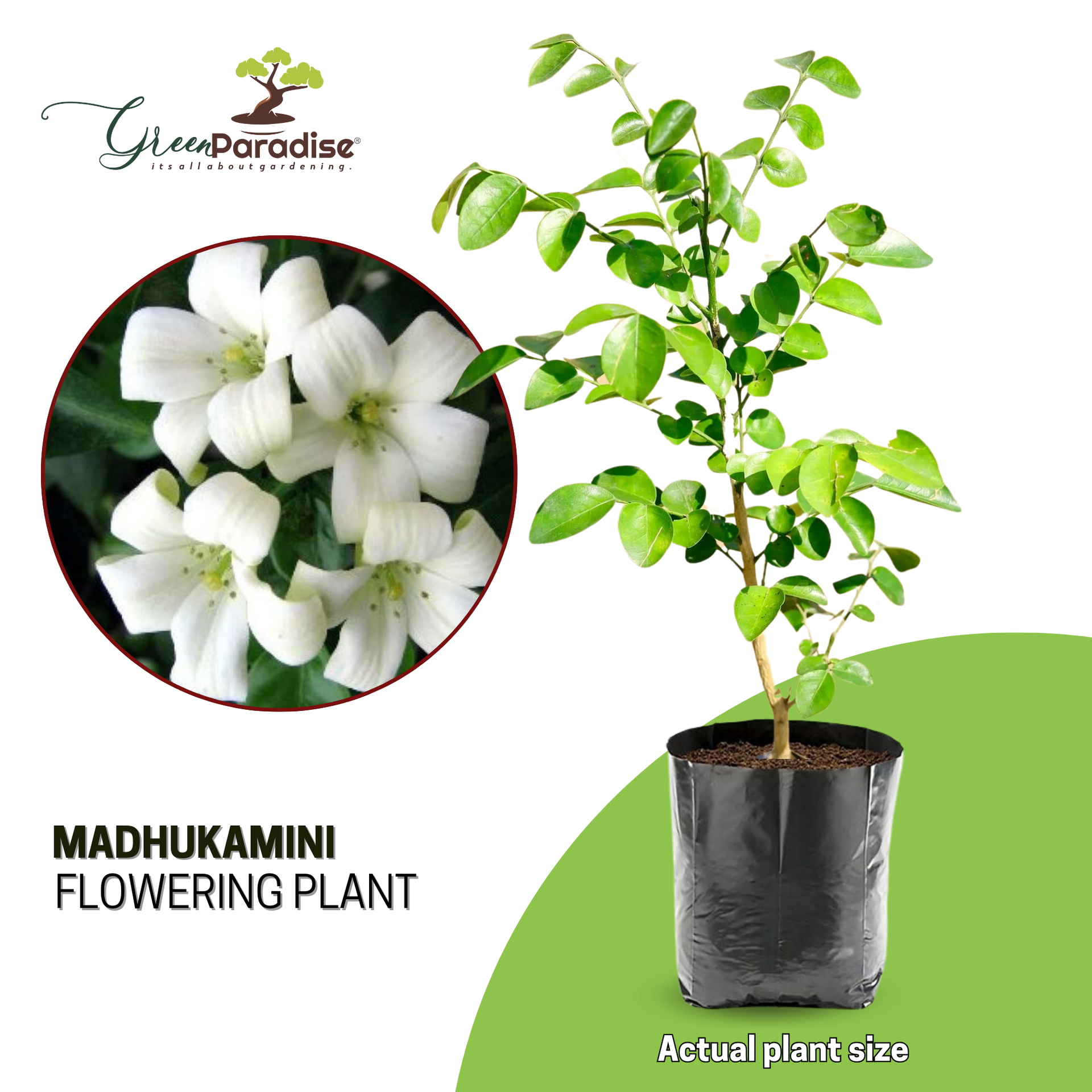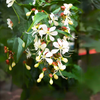


Green Paradise Live-Madhukamini Live Plant
Rs. 349.00
Guaranteed Safe Checkout
Green Paradise Offers Madhukamini Plant
About Madhukamini Plant
Madhu Kamini generally known as Orange Jasmine or Mock Orange, is a protean and popular evergreen shrub or small tree in the family Rutaceae.It is native to South Asia, including India, Sri Lanka, and Myanmar, but has become widely cultivated and naturalized in various tropical and subtropical regions around the world.
Here are some key characteristics and features of the Madhu Kamini Plant:
Appearance:
The Madhu Kamini plant typically grows to a height of 3 to 6 meters (10 to 20 feet) but can occasionally reach up to 12 meters (40 feet) in optimal conditions. It has glossy, dark green, pinnate leaves composed of multiple leaflets, usually around 5 to 11 leaflets per leaf. The leaflets are oval to lanceolate in shape, and the foliage gives off a pleasant fragrance when crushed.
Flowers:
One of the main attractions of Madhu Kamini is its beautiful and fragrant flowers. The plant produces small, white, star-shaped blossoms that resemble those of the true jasmine (Jasminum species). These flowers often appear in large clusters or panicles, which adds to their visual appeal and enhances the fragrance.
Fragrance:
The plant emits a delightful citrus-like scent, especially when the flowers bloom or when the leaves are crushed. This aromatic quality is one of the reasons why it is commonly referred to as Orange Jasmine.
Fruit:
After flowering, Madhu Kamini can produce small, round, orange to red berries. These fruits are not typically edible for humans, but birds and wildlife may consume them.
Landscape use:
Due to its attractive appearance, sweet fragrance, and ability to be easily shaped through pruning, Madhu Kamini is a popular choice for ornamental landscaping in tropical and subtropical regions. It is often used as a hedge, screen, or as a specimen plant in gardens, parks, and urban landscapes.
Growing conditions:
Madhu Kamini thrives in warm, tropical or subtropical climates with well-draining soil and adequate sunlight. It prefers regular watering but can tolerate short ages of failure formerly established. In colder regions, it can be grown as a houseplant or brought indoors during the winter.
Propagation:
Madhu Kamini can be propagated through seeds or cuttings. Propagation through cuttings is a common method as it helps maintain the desirable characteristics of the parent plant.
Care and maintenance:
This plant is relatively low-maintenance and can be shaped through regular pruning to maintain a desired size and shape. It is generally resistant to pests and diseases, making it a relatively trouble-free plant to grow.
Important Note: While Madhu Kamini is a beautiful and widely cultivated plant, it is worth noting that in some regions, it has become invasive and poses a threat to native ecosystems. Before planting it in your area, it is essential to check with local authorities to ensure it is not considered an invasive species.
How To Grow Madhu Kamini Plant
Madhu Kamini, also known as Orange Jessamine or Mock Orange, is a popular evergreen shrub known for its beautiful white flowers and pleasant fragrance. It is relatively easy to grow and maintain, and
here are some guidelines to help you grow a healthy Madhu Kamini plant:
Choosing the right location:
Madhu Kamini prefers a spot with full to partial sunlight.Insure it receives at least 4- 6 hours of direct sun daily.
It can tolerate a variety of soil types but prefers well-draining soil that is rich in organic matter.
Planting:
Planting can be done in spring or fall. Make a hole that is just a little bit bigger than the factory's root system. Place the plant in the hole and backfill with soil, patting it down gently around the plant. Make sure the top of the root ball is position with the soil face.
Watering:
Adequate watering is crucial for the plant's establishment. Make sure the top of the root ball is positioned with the soil face. Once the plant is established, it becomes more drought-tolerant, but it still requires regular watering during dry spells.
Mulching:
Applying a layer of organic mulch around the base of the plant will help retain moisture, suppress weeds, and maintain a more even soil temperature. Mulch also contributes to the overall health of the plant as it breaks down and adds nutrients to the soil.
Fertilizing:
Use a balanced fertilizer (10-10-10 or 14-14-14) in spring and again in mid-summer. Follow the manufacturer's instructions for application rates. Over-fertilizing can harm the plant, so avoid excessive use.
Pruning:
Pruning helps maintain a compact and bushy shape for the plant. It is best to prune after the flowering period to avoid cutting off potential flower buds. Remove any dead or diseased branches and shape the factory as asked .
Pest and Disease Control:
Madhu Kamini is relatively resistant to pests and diseases, but it may occasionally encounter issues like aphids, scale insects, or powdery mildew. Inspect the plant regularly and take appropriate measures if you notice any problems, such as using insecticidal soap for pests or applying fungicides for fungal issues.
Protection from Frost:
Madhu Kamini is sensitive to frost, so if you live in a colder climate, consider protecting the plant during winter by covering it with a frost cloth or moving it to a sheltered area.
Propagation:
You can propagate Madhu Kamini through seeds or semi-hardwood cuttings. Seeds may take longer to establish, while cuttings tend to root more quickly.
Remember that different regions may have specific local conditions and climate considerations, so it's always a good idea to check with local gardeners or horticultural experts for more personalized advice on growing Madhu Kamini in your area.
𝗥𝗲𝗹𝗮𝘁𝗲𝗱 𝗽𝗿𝗼𝗱𝘂𝗰𝘁𝘀
Flowering Plants
Green Paradise® Pink Lotus Tuber for Pond & Water Gardens – Healthy, Ready to Grow Aquatic Flower Plant Bulb
Green Paradise® Pink Lotus Tuber – Premium Aquatic Flower Plant ✨ Product Description: Bring the beauty of vibrant pink lotus blooms to your water garden or pond with the Green...
Rs. 549.00
Flowering Plants
Rare Heliconia Wagneriana Live Plant Heliconia psittacorum Live Plant
Introducing the Exquisite Heliconia Psittacorum Plant: A Tropical Marvel for Your Home Elevate your indoor and outdoor spaces with the captivating beauty of the Heliconia Psittacorum Plant. Renowned for its...
Rs. 499.00
Flowering Plants
Green Paradise Live-Heliconia Wagneriana Plant with Plastic Pot
Green Paradise Offer Beautiful Heliconia Wagneriana Plant About Heliconia Wagneriana Plant Heliconia wagneriana is a stunning and attractive tropical plant known for its unique and colorful inflorescence. Here's what I can...
Rs. 499.00
Flowering Plants
Heliconia rostrata Live Plant heliconia plant Heliconia psittacorum Live Plant
Introducing the Heliconia psittacorum Plant – Nature's Exotic Masterpiece! About Heliconia Psittacorum Plant: Elevate your garden to new heights with the breathtaking Heliconia psittacorum Plant, a true marvel of nature....
Rs. 499.00
Outdoor Plant
Green Paradise® Water Rose (Pistia) – Live Water Cabbage Aquatic Plant for Ponds, Aquariums & Water Gardens | Natural Oxygenating Floating Plant
Green Paradise® Water Rose (Aquatic Pistia) Plant Welcome to the lush world of Green Paradise® Water Rose (Aquatic Pistia)! Our aquatic plant is more than just a decorative addition to your...
Rs. 399.00
Seeds
Heliconia Golden Torch plant bulbs positive energy and beautiful flowers giving Plant species. (pack of 3)
Green Paradise offers Heliconia Golden Torch Plant About Heliconia Golden Torch Plant Heliconia Golden Torch is a beautiful and striking tropical plant known for its bright and vibrant inflorescence....
Rs. 399.00
Seeds
Heliconia Plant Bulbs Heliconia bihai x marginata 'Rauliniana' 5 Bulbs-Green Paradise Live
Green Paradise Offers Heliconia bihai x Marginata Rhizomes (Pack of 5 Bulbs) About Heliconia Marginata Heliconia marginata, also known as the Red Bassy or Lobster Claw, is a stunning tropical plant...
Rs. 749.00
Flowering Plants
Heliconia bird of paradise Live healthy Plant-Green Paradise Live
Green Paradise Offers Beautiful Heliconia Bird Of Paradise Plant About Heliconia Bird Of Paradise Plant It seems like there might be a slight confusion in your question. Heliconia and Bird of...
Rs. 349.00






